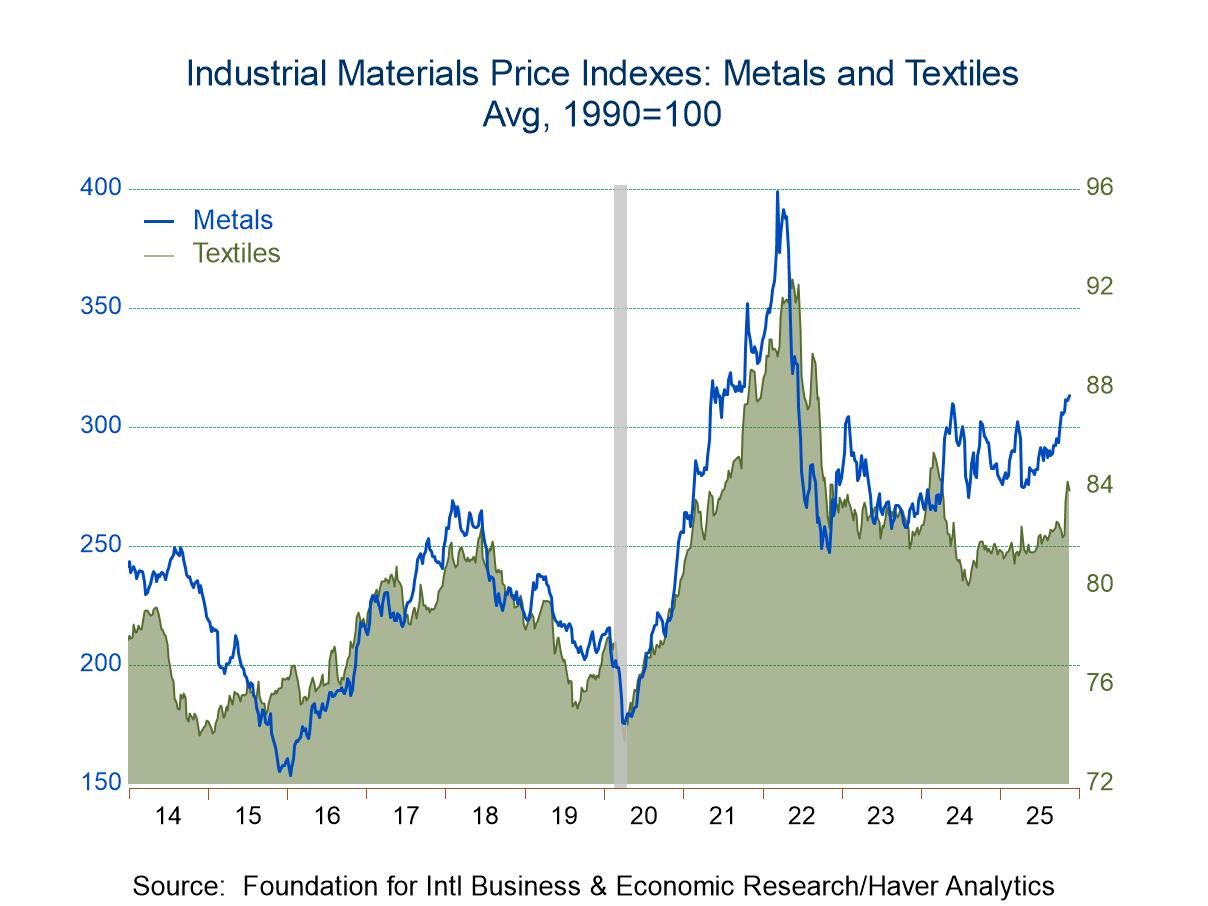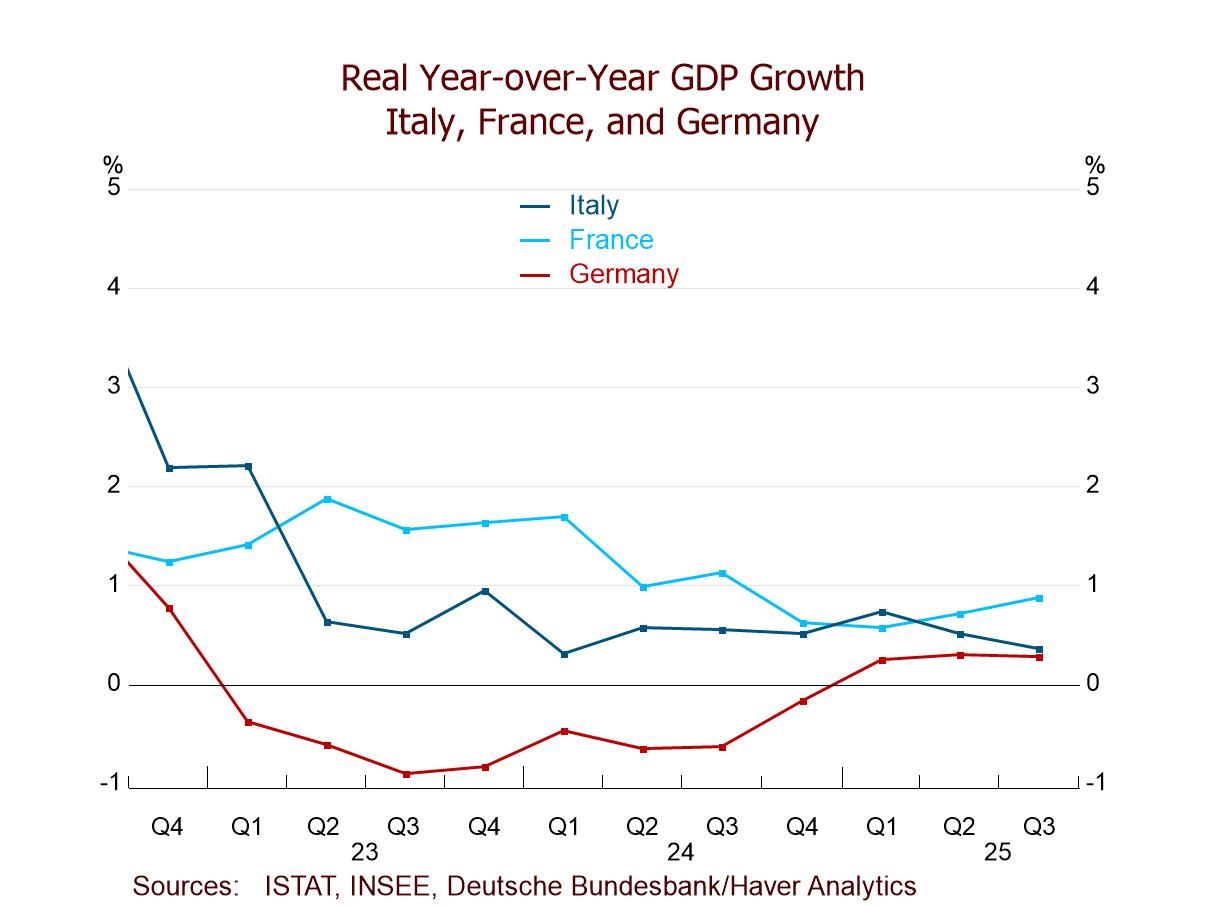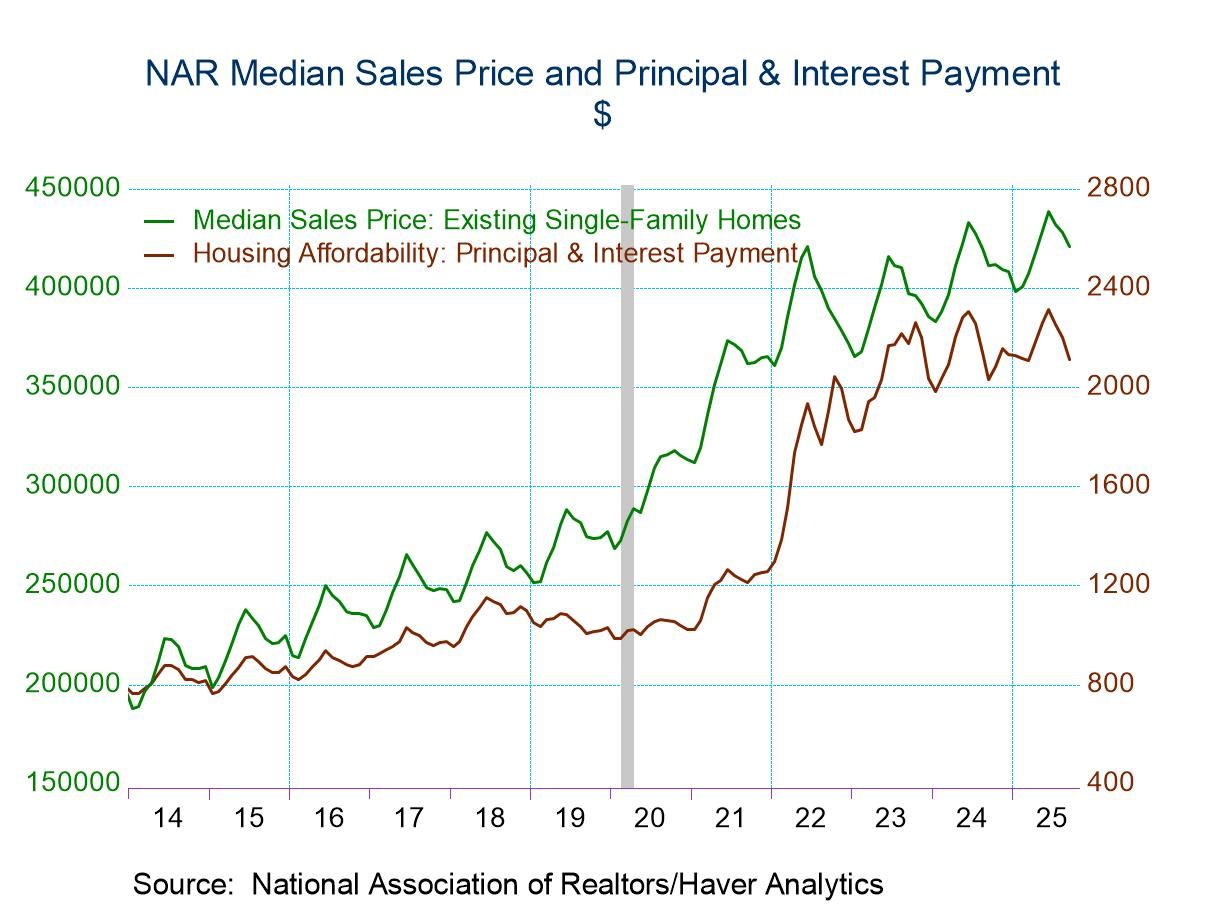U.S. Small Business Index Improves During September
by:Tom Moeller
|in:Economy in Brief
Summary
- Gain adds to July & August increases.
- Sales & employment readings move higher.
- Inflation indexes fall.


The NFIB Small Business Optimism Index rose to 92.1 during September from 91.8 in August, according to the Small Business Economic Trends survey conducted by the National Federation of Independent Business. This was the third consecutive monthly increase and left the reading at the highest level since May. The NFIB Uncertainty Index fell to 72 in September from 74 in August.
Five of the index's ten components rose in September. The reading of planned employment rose to 23%, its highest level in three months. Though it remained negative, the index of expected real sales in six months rose to -10% last month from -19% in August. It stood at the highest level since February of this year . The index of expected credit conditions also remained below zero at -6%, but it was the least negative reading in three months. Those reporting that now was a good time to expand improved minimally to 6%, the highest level in four months. The earnings trend measure edged higher to -31%, but remained near the expansion low.
Working lower, the percent of firms expecting the economy to improve fell to -44% and reversed a small piece of its August gain. The percent of firms with positions they were unable to fill right now weakened to 46% from 49% in August. It the lowest since June of last year. Firms expecting to make capital outlays in the next three to six months eased minimally to 24%. The reading for those reporting that inventories were too low fell to one from three, and those planning to add to inventories weakened to zero from four.
On the pricing front, the percentage of firms raising prices fell to 51% from 53%, the least percentage in twelve months and down from a 66% March high. The percentage of firms planning to raise prices eased to 31%, the fewest since January 2021 and down from a November 2021 high of 54%. As for labor costs, the percentage of firms raising compensation during the last three months eased to 45% from 46% and stood at the lowest level since February. The percentage of firms planning to raise compensation declined to 23% in September from 26%. It remained down from highs of 32% in each month of Q4'21.
The single most important problem facing small business was inflation, reported 30% of NFIB members, up from nearly zero at the beginning of last year. The quality of labor was reported as the most important problem by 22% of respondents, down from a November 2021 high of 29%. The cost of labor was reported as the most important problem by a steady 10% of firms, up from eight percent in June.
Roughly 24 million small businesses exist in the U.S. and they create 80% of all new jobs. The typical NFIB member employs 10 people and reports gross sales of about $500,000 a year. The NFIB figures can be found in Haver's SURVEYS database.


Tom Moeller
AuthorMore in Author Profile »Prior to joining Haver Analytics in 2000, Mr. Moeller worked as the Economist at Chancellor Capital Management from 1985 to 1999. There, he developed comprehensive economic forecasts and interpreted economic data for equity and fixed income portfolio managers. Also at Chancellor, Mr. Moeller worked as an equity analyst and was responsible for researching and rating companies in the economically sensitive automobile and housing industries for investment in Chancellor’s equity portfolio. Prior to joining Chancellor, Mr. Moeller was an Economist at Citibank from 1979 to 1984. He also analyzed pricing behavior in the metals industry for the Council on Wage and Price Stability in Washington, D.C. In 1999, Mr. Moeller received the award for most accurate forecast from the Forecasters' Club of New York. From 1990 to 1992 he was President of the New York Association for Business Economists. Mr. Moeller earned an M.B.A. in Finance from Fordham University, where he graduated in 1987. He holds a Bachelor of Arts in Economics from George Washington University.






 Global
Global